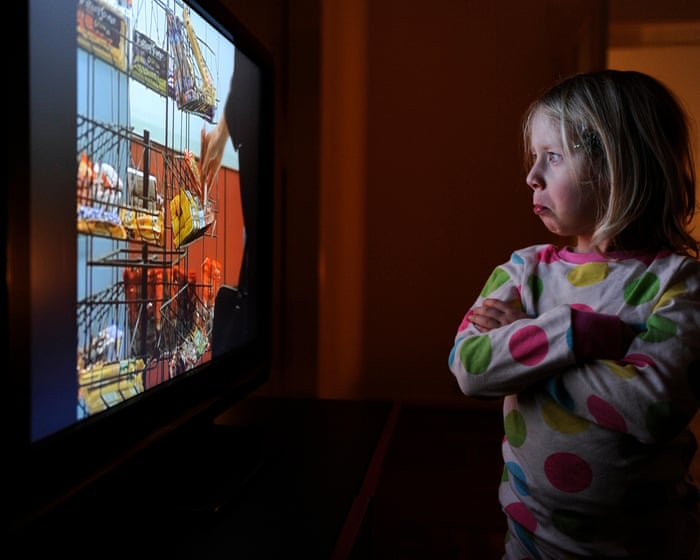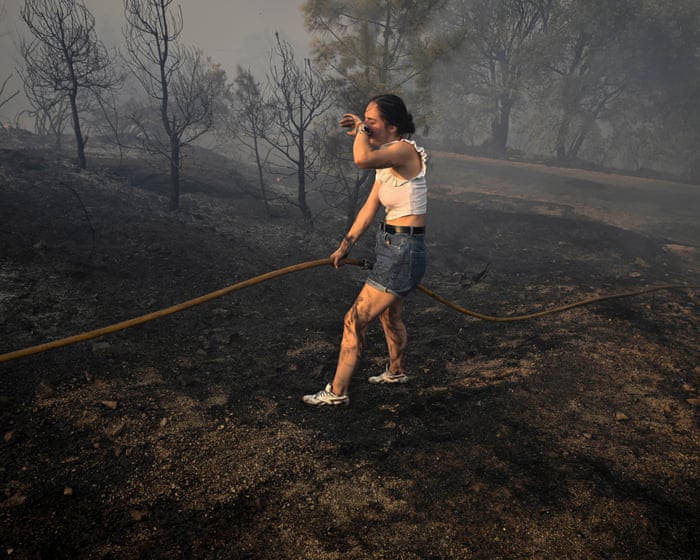Kids are now turning to YouTube as soon as they switch on the TV, showing how the video platform has moved from computers to living rooms.
According to Ofcom’s UK viewing survey, YouTube is the top choice for Generation Alpha when they first turn on the television. Last year, one in five young viewers aged 4 to 15 went straight to YouTube, with Netflix not far behind. While BBC One made the top five, kids were just as likely to pick BBC iPlayer.
YouTube’s growing presence on TV isn’t just about younger viewers. Older audiences are also watching more—those aged 55 and over nearly doubled their daily YouTube time from six minutes in 2023 to 11 minutes last year. About 42% of that viewing now happens on TV screens.
On average, people spent 39 minutes a day on YouTube in 2024, making it the UK’s second most-watched service—behind the BBC but ahead of ITV. Meanwhile, 16- to 24-year-olds watched just 17 minutes of traditional live TV daily, with only 45% tuning into broadcast TV in a typical week, down from 48% in 2023.
YouTube is now competing more directly with traditional broadcasters. Half of its top-trending videos now resemble mainstream TV content, like long interviews and game shows.
This shift poses a challenge for public service broadcasters like the BBC, ITV, and Channel 4, who must decide how much content to share on YouTube. While it helps reach younger audiences, YouTube takes a large share of ad revenue, and there’s a risk viewers might spend less time on broadcasters’ own platforms.
Ofcom’s Ed Leighton said broadcasters need to adapt to where audiences are spending time online, but urged more ambition to ensure public service media survives. The regulator has advised broadcasters to work with YouTube but on fair terms.
Michael Grade, Ofcom’s chair and former Channel 4 chief, suggested new laws to ensure UK broadcasters’ content gets more visibility on YouTube.
Channel 4 has embraced YouTube the most, saying it helps attract new viewers without hurting its own platforms. ITV also struck a new deal with YouTube late last year.
The BBC is still debating its YouTube strategy, but more content is expected to appear there. BBC News chief Deborah Turness recently announced that the head of the BBC’s new AI team will also focus on growing YouTube audiences.
Overall, people’s daily video-watching time remains steady—averaging four hours and 30 minutes at home last year, just a minute less than before.Most viewing still comes from traditional broadcasters, accounting for 56% of total viewership. However, this share has dropped significantly from 71% in 2018.
YouTube is also the top online audio service, used weekly by 47% of UK adults, followed by Spotify at 36%. Podcasts are increasingly being streamed on YouTube, showing its growing influence across all media.




